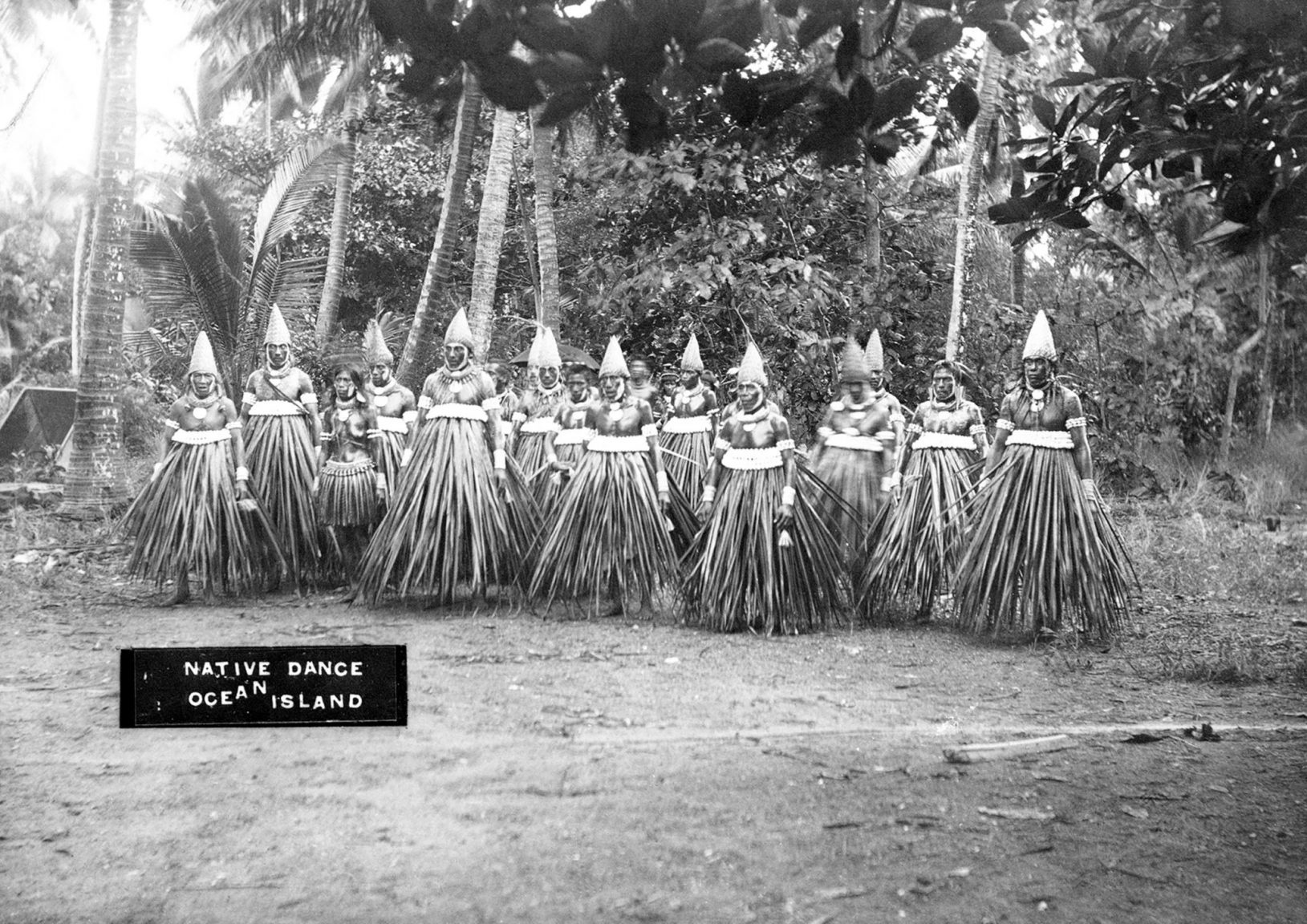Carriageworks presents Project Banaba from 17 November until 17 December 2017, a solo exhibition by Banaban scholar and artist Katerina Teaiwa that commemorates the history of Banaba Island in the Pacific Ocean. Banaba Island was destroyed by environmentally devastating phosphate mining during the 20th century, leading to the total relocation of its people in 1945, with the 72nd anniversary of their displacement being marked on 15 December 2017 during the exhibition dates.
Curated by Yuki Kihara, working closely with artist Katerina Teaiwa, this exhibition brings together rare historical archives and new work that sheds light on this little known era of Australian history and its ongoing impact on contemporary Pacific communities.
From 1900 to 1980 a phosphate company that became the British Phosphate Commissioners – owned collectively by Australia, New Zealand and Britain – mined Banaba, also known as Ocean Island, in what is now the Republic of Kiribati. The phosphate was manufactured into superphosphate fertiliser and applied to farms across Australia. As a result of the extensive mining operations, the island of Banaba was rendered uninhabitable and the Banabans relocated to the island of Rabi in Fiji.
Artist Katerina Teaiwa commented: “Project Banaba is a conceptually layered, multimedia exhibition that interweaves rare textual, film and photographic records alongside personal narratives including the political injustice endured by generations of my family, and how the rock of Banaba, te aba, the body of the land, and the body of the people, was viewed and transformed by powerful imperial interests.”
Project Banaba Curator Yuki Kihara added: “Katerina’s exhibition aims to highlight this period of Australia’s imperial legacy in the Pacific. For me, it also resonates with the history behind the trains carriages made and repaired from Eveleigh Railway Yards some of which were used to transport phosphate to enrich the soils across Australia. But where did the phosphate come from?”
Carriageworks Director, Lisa Havilah, said: “Carriageworks is proud to present Project Banaba, supporting culturally diverse communities to tell their stories to Australian audiences through this important new exhibition.”
For most of the 20th century, phosphate was a matter of national and food security. During her research for the exhibition, Katerina Teaiwa identified approximately 518 metres of government files associated with the BPC in the National Archives of Australia, some of which have only recently been declassified.
The valuable rock found naturally on Banaba was first identified from a sample in a Sydney company office, which was then manufactured into superphosphate fertiliser and applied to farms across Australia and New Zealand, resulting in a dramatic increase in agricultural productivity in those countries.
The value of the minerals on Banaba also made the island a target for Japanese occupation during World War II and many Banabans and Pacific Islander or “kanaka” mining workers were killed during this period.
This project is supported by the School of Art in the College of Arts and Social Sciences, and the School of Culture, History and Language in the College of Asia and the Pacific, Australian National University.
